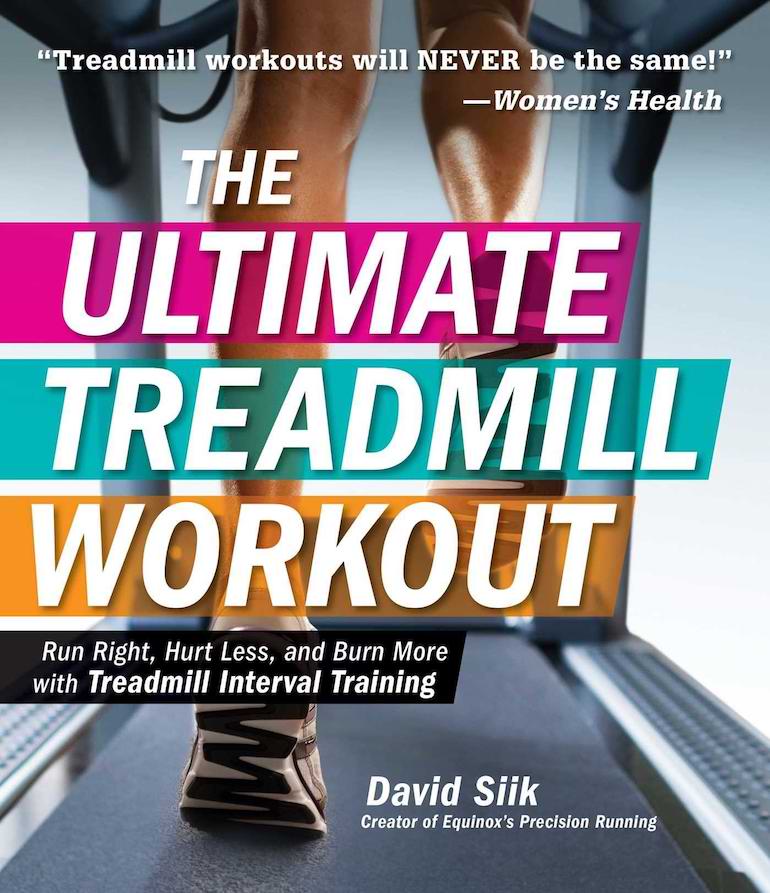Marathon training is a challenging and rewarding endeavour that requires a significant amount of time, effort, and dedication. While many runners prefer to train outdoors, sometimes weather or other factors may make it necessary to train on a treadmill. Despite the perception that treadmill running is boring or less effective than running outside, it can be an excellent tool for marathon training.
In fact, running on a treadmill can help you achieve specific training goals, such as maintaining a consistent pace, practising proper form, and simulating race conditions. In this article, I will explore the benefits of treadmill training for marathon runners and provide tips for effective marathon training on a treadmill.
Differences between treadmill and regular running
It is important to know the differences between running on a treadmill and outdoor running before drawing too many conclusions from these sessions. It is quite often you see someone running their speed sessions at incredible speeds on the treadmill, only to be disappointed when they have to convert these speeds to running outdoors later.
The biggest difference is, of course, the rolling on the treadmill. The more familiar you become with treadmill training, the better you learn to utilize the roll when your feet hit the surface of the band. Trying to move your body mass when running on solid ground places completely different demands on running technique and foot placement.
The surface on a treadmill is also even, and there is no wind resistance, two significant differences from running outdoors.
To test how big the difference really is, I suggest testing the difference in heart rate at equivalent speeds on the treadmill and when running outdoors. This will give you an idea of the differences.
How to make treadmill training more similar to normal running
However, there are some ways to make your treadmill workout more similar to normal running in an outdoor environment. Some say that you should set the incline to 0.5%. I would say that there needs to be an incline of at least 1% to make it correspond to running in a normal condition.
This means that moving forward on the treadmill requires a little more active work in the running step. Otherwise, it feels a bit like running downhill when you are running on a treadmill.
Benefits of treadmill training
However, as mentioned above, there are many advantages to treadmill training. So you should not compare the speeds with the speeds of regular, outdoor running. But if you have problems getting started with your speed workouts, it can be a good way to find the right inspiration to get going.
It is so easy to stop on a speed session outdoors if it does not feel good. It can be done in a second. On a treadmill, however, it requires an active decision to slow down by pressing a button. Mentally, this can make a big difference when doing a tough session.
After all, it’s the most effective form of exercise besides normal running to get your heart rate up. If you compare it with e.g. cycling, it is a huge difference in how quickly you get your heart rate up through a treadmill workout.
Effective speed workouts on a treadmill
Just as running outside, it is possible to vary your training on a treadmill endlessly. I think tempo sessions are excellent for running on a treadmill, i.e. sessions where you have to run for long periods at a threshold speed. One of my standard marathon training sessions is 16 km at a threshold speed. I often start at 16 km/h and then finish the last kilometres at 18 km/h.
Then different types of intervals can be really fun to run on the treadmill. Longer intervals such as 4×4 kilometres are best so that I don’t have to tap the screen too often. It always takes a while to get the speed up and down on a treadmill.
But even shorter intervals can, of course, be run on a treadmill. I often run, for example, 8×1 km on a treadmill, where I started with a warm-up of 2 km and then start my intervals. You should try to get in a few hundred meters at the desired interval speed, even in the warm-up, to avoid getting too much of a shock when you start your intervals.
After the warm-up, I do some light dynamic stretching before I start. I have often started at 17.5 km/h on the first four intervals and have then ran the last four at 18 km/h, with 90 seconds of rest between intervals. I set the incline at 1%.
You should of course adapt your pace to your own experience as a runner and to your own goals. You can also start with much shorter distances on both your tempo runs and intervals.
Summary
Marathon training on a treadmill can be an effective way to prepare for a race, especially when outdoor running is not an option due to weather or other factors. To achieve the best results, it’s important to follow a structured training plan that includes a mix of long runs, speed work, and recovery days.
One of the advantages of running on a treadmill is that you can control the environment and simulate race conditions, such as incline and pace. It’s also easier to track your progress, and you can stay safe and avoid injuries caused by uneven terrain or weather-related hazards.
However, running on a treadmill can be monotonous, and it’s important to keep yourself motivated and engaged during long runs. Music, podcasts, or TV shows can be helpful distractions, as can varying the incline or pace of your workout.
To avoid injury and maximize your performance, it’s also important to maintain proper form, wear appropriate running shoes, and take breaks as needed. Hydration and nutrition are also crucial factors in marathon training, and it’s important to fuel your body properly before, during, and after your workouts.
Overall, with the right training plan, mindset, and equipment, marathon training on a treadmill can be a highly effective way to prepare for a race and achieve your goals.
Read more here:








